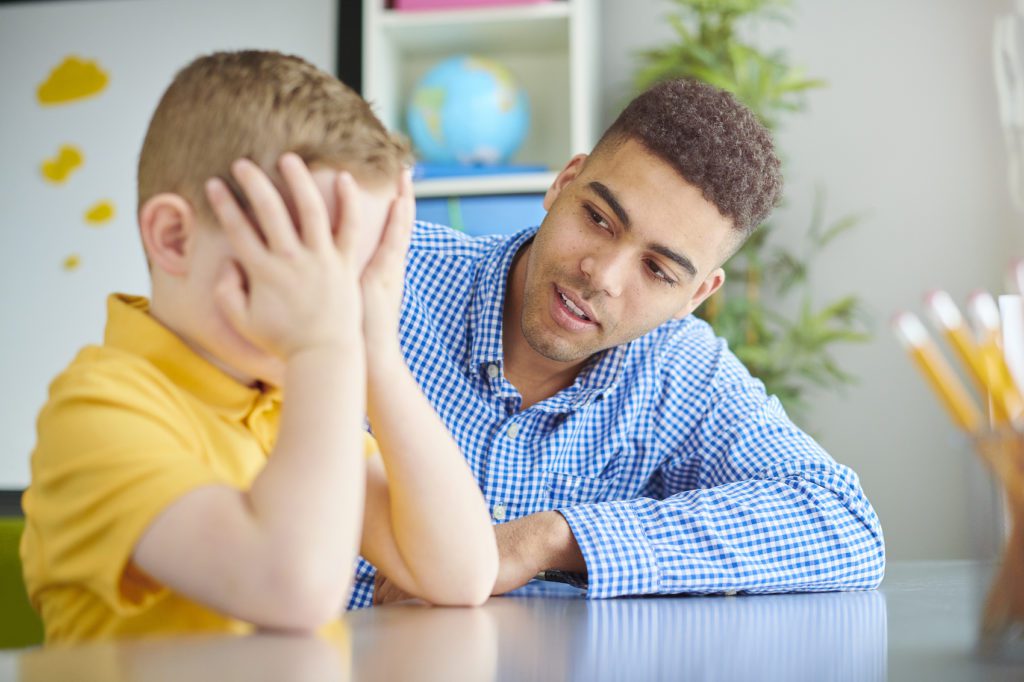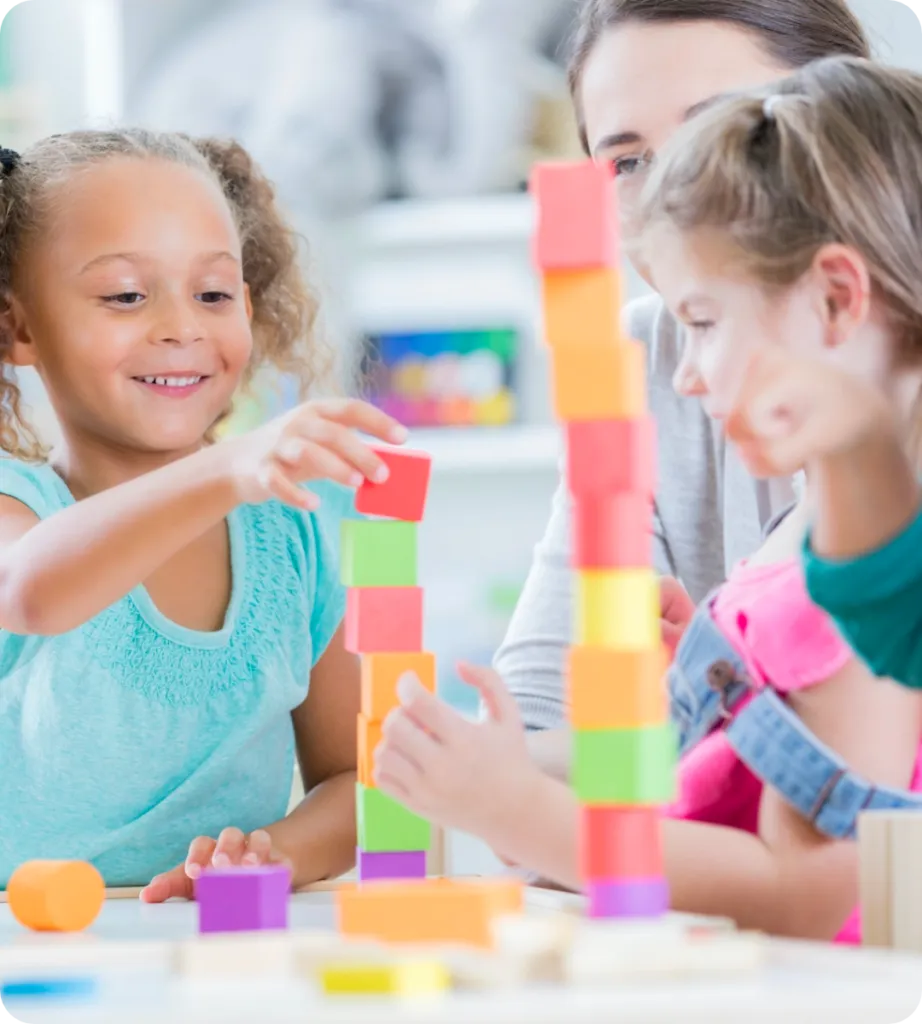Why I Don’t Have a Time-Out Chair In My Classroom Anymore

My career began in the classroom environment, which often included a “time-out” area where children whose behaviors were disruptive to the learning environment, dangerous, or found challenging by teachers, were sent to sit and think about their actions.
While not necessarily punitive, this “consequence” was not in the best interest of the child and certainly did not support opportunities for the child to learn to regulate their emotions.
When that action didn’t achieve the desired results (a compliant, obedient, well-behaved child), the child was then sent to the director’s office. When the director’s techniques didn’t work to deescalate the situation, families were called to retrieve their child.
Teaching staff were frustrated; management became disillusioned with why teachers couldn’t connect with the child or remedy the solution; and sadly, the child was left without the social–emotional skills necessary for their positive development. Something had to be done, and surely there was a better way!
We found a better way.
What was the recipe for creating calm? Furthermore, how could teachers and children work and grow and learn in a supportive environment?
I started learning about the research related to ACEs (Adverse Childhood Experiences). The CDC (Centers for Disease Control and Prevention) defines ACEs as “potentially traumatic events that occur in childhood (0-17 years)…and asepcts of the child’s environment that can undermine their sense of safety, stability, and bonding.”1 ACEs include, but are not limited to, having been a victim or witness to violence or mental, physical, or sexual abuse; neglect; instability due to separation from a parent or primary caregiver; or the incarceration of a parent, sibling, or other member of the family.
As I learned about the significant role that children’s life experiences play in their social–emotional development and the related effects on their behavior, I began to realize that social–emotional health and well-being begins at an early age.
We learned how to make a difference.
Research showed that building relationships, providing skills for self-regulation, and helping children develop strategies to increase their resiliency were key factors that produced positive outcomes.
Social-emotional health helps children with
- self-esteem,
- empathy,
- friendships, and
- a sense of belonging.
Research in early childhood education began to provide support for children who arrived at childcare facilities having already experienced some form of trauma, which often manifested itself in their behaviors. Research also showed that children were capable of learning and responding to social–emotional cues and that teachers chould support them by building skills to help them regulate their emotions, learn problem-solving steps, and develop empathy.
Combined with further training in The Creative Curriculum and the objectives for development and learning (such as Objective 1a, “Manages feelings,” and Objective 2b, “Responds to emotional cues”), I was able to identify the value of building on social–emotional skills in the classroom and sharing these support strategies with colleagues and families.
We discovered a recipe for success.
By using social–emotional development strategies—such as those in The Creative Curriculum, GOLD, Al’s Pals, and The Creative Curriculum Teaching Guide Beginning the Year—we can intentionally support crucial skills for the children we serve while also sharing with children’s families the importance and value of this area of development, not only for preschool but for life. For example, the focus questions in Beginning the Year (such as “How do we make and keep friends?” and “How can we be part of a group?”) help children develop skills that will serve them well long after their time in preschool.
Whereas we previously spent time trying to “fix” the behaviors that interrupted the classroom community, we now focus on creating and supporting positive expectations within the classroom environment. Time-out areas transformed into calm-down areas, with visuals depicting many different people displaying various emotions. Visual supports also reminded children about calming techniques. These visuals were added to help all children understand and regulate their emotions. Additionally, teachers now have the tools they need to reduce behavior management concerns, increase social–emotional resilience, and establish a peaceful environment for all.
As a mentor coach, identifying the importance of social–emotional wellness has led me to supporting teaching staff with positive descriptive acknowledgements, encouragement, and reassurance that becomes the foundation and inspiration to repeat within the classroom. Likewise, it promotes professional development knowledge of social–emotional understanding, which results in classrooms functioning at their highest level, as evidenced by assessment outcomes.
Discovering the recipe for creating calm transformed my belief that social–emotional well-being had been the missing ingredient for success in the classroom. So, grab your emotion charts, sprinkle in some social skills, infuse with positive reinforcement, and add a zest for learning. Bake with love and enjoy!

Build the Social–Emotional Foundation Children Need
Promote social–emotional development with The Creative Curriculum.

About the Author: Sue Ferguson
With 35 years in the early childhood field, I’ve had many experiences, including designing four childcare facilities from the ground up. I’ve also been privileged to work with Head Start programs and am currently at Child Development Resources as a mentor coach inspiring teachers to build on their skills. I am also an adjunct professor teaching remote early childhood classes.
1Preventing adverse childhood experiences. (April 6, 2021). Centers for Disease Control and Prevention. Retrieved November 9, 2021 from https://www.cdc.gov/violenceprevention/aces/fastfact.html